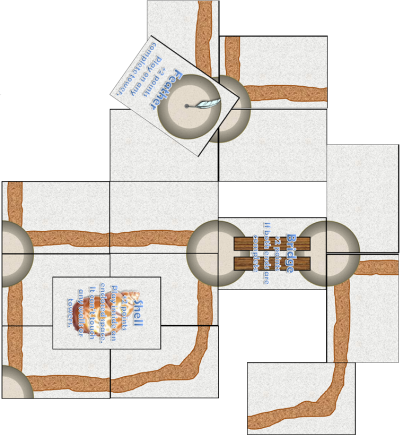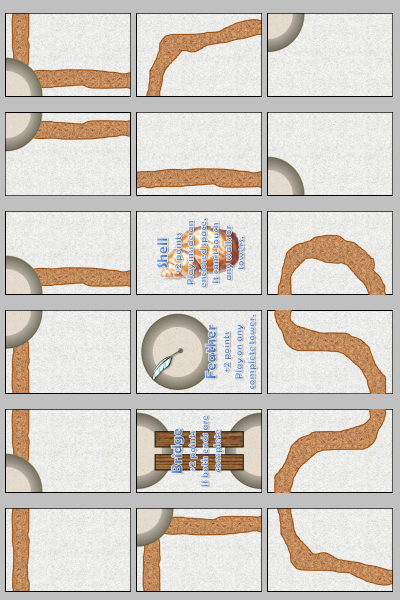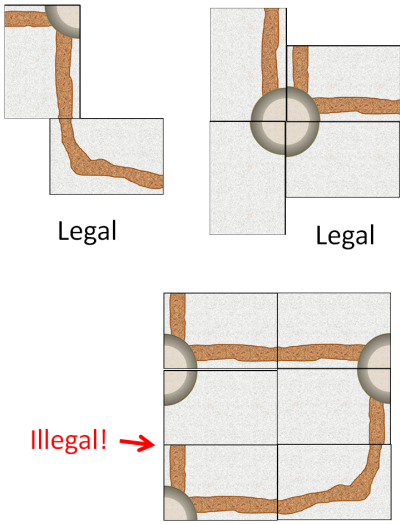July 2010 Game Design Showdown - "My Summer Vacation"
Please Read: Details on entering the Game Design Showdown.
Votes are in, and the winner is...
Sand Castles by dobnarr with 9 votes!
Congratulations! Runners up were:
Yard Sale by drunknmunky with 6 votes,
and Family that Tans Together by magic_user and Day at the Fair by JustPlainChips with 5 votes each.
Main Design Requirements:
Theme Restriction: As the title implies, the theme of this month's challenge is Summertime - Kids off school, vacations, BBQs, swimming, sun, beach... anything to do with summer.
Mechanics Restriction: Time as a resource.
Bonus Restrictions: Each player in the game is a member of the same family, and will share control of some significant component (or components) of the game. If you choose to incorporate the bonus restrictions in your entry you will receive 2 additional votes.
- Submissions: Thursday, 22-July-2010 through Thursday, 29-July-2010.
- Voting: Through Friday, 6-August-2010. I will be out of town 7/29-8/1 so please bear with the wonky deadlines and give me a day or two to post entries/results - thanks!
- Voting Format: Each person has 6 votes to distribute any way they choose among the GDS entries with the following restrictions:
-
- You may not assign any votes to your own entry!
-
- You may not assign more than 3 votes to any single entry.
- You need not assign all 6 votes.
Comments or Questions: Comments and questions about this Challenge were handled on the Comments Thread.
- CRITIQUES: After voting has closed the entries will be posted for comments and critiques. Post constructive critiques and commentary about the entries to this Challenge in the Critiques Thread
- GDS Details: For more details on how these Game Design Showdown Challenges work, especially the details around the word count and graphics limits, visit the GDS Wiki Page.
Enjoy!
-Seth











The Family That Tans Together...
Goal
Be the last family member to get burned.
Equipment
Setup
Play
Each player shuffles their own cards and places their deck face down in front of them. They draw 4 of their own cards into their hand. They then proceed to play 4 tricks. For each trick:
Play repeats (shuffle all ten of your cards, draw four new cards, and play 4 tricks) until only one player remains. That player wins the game!